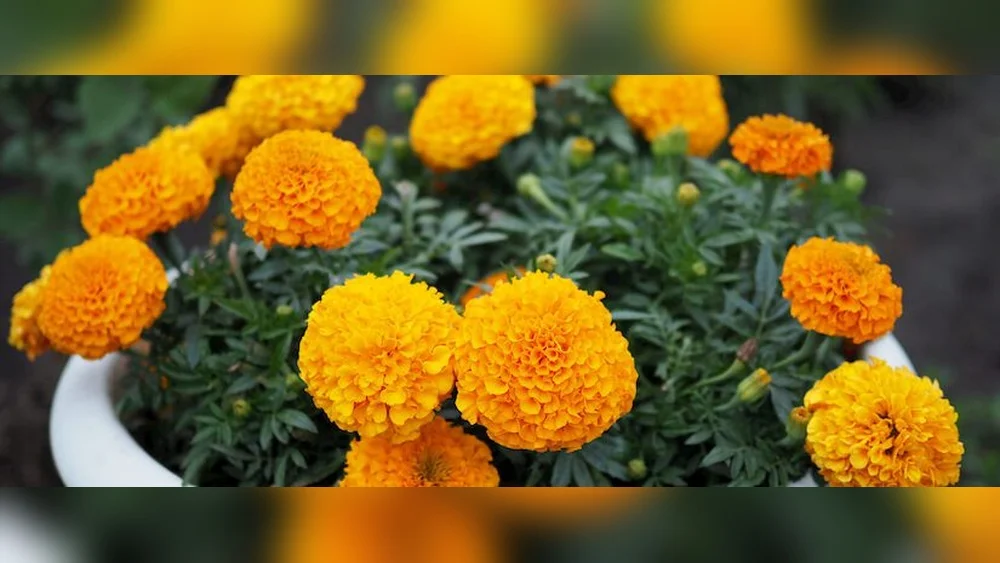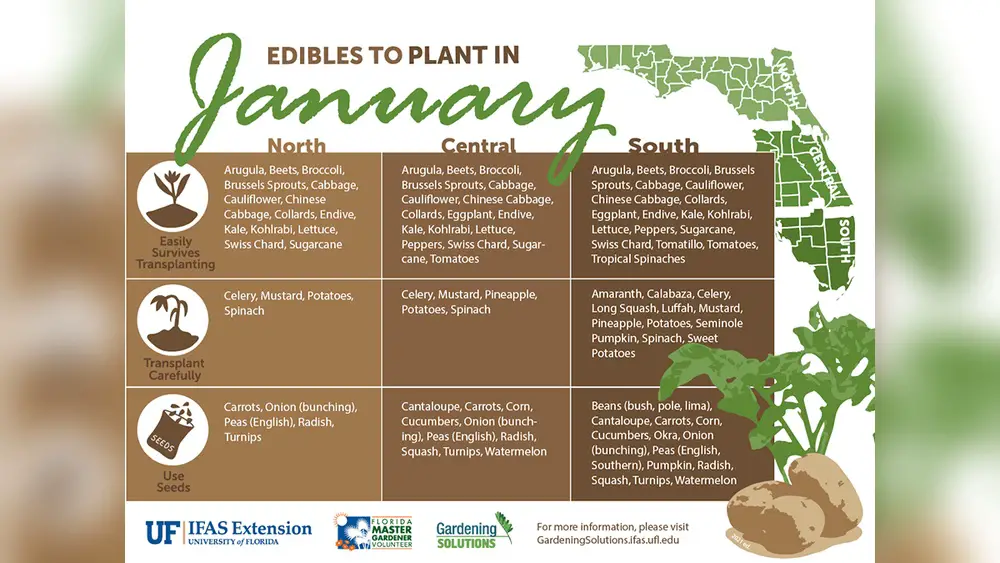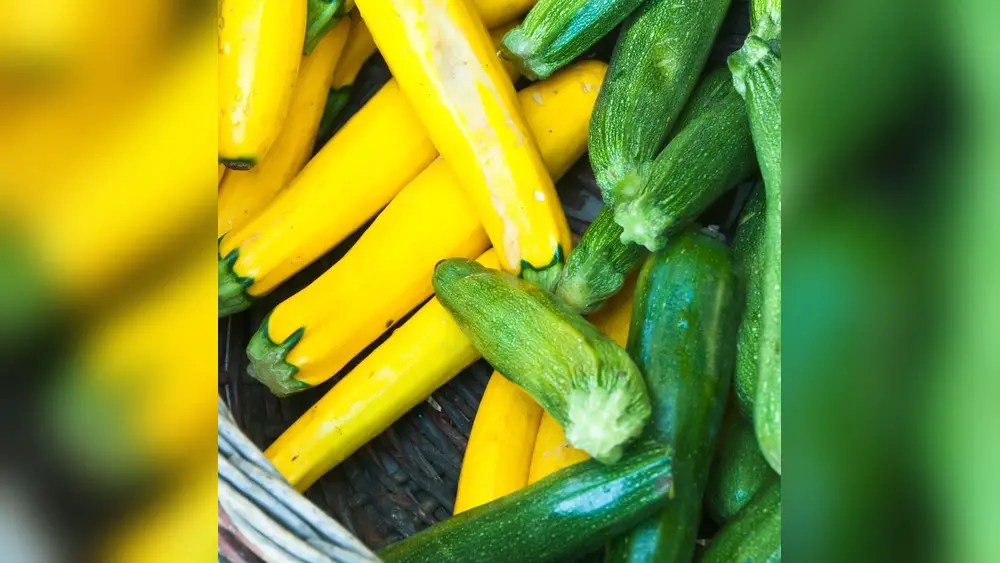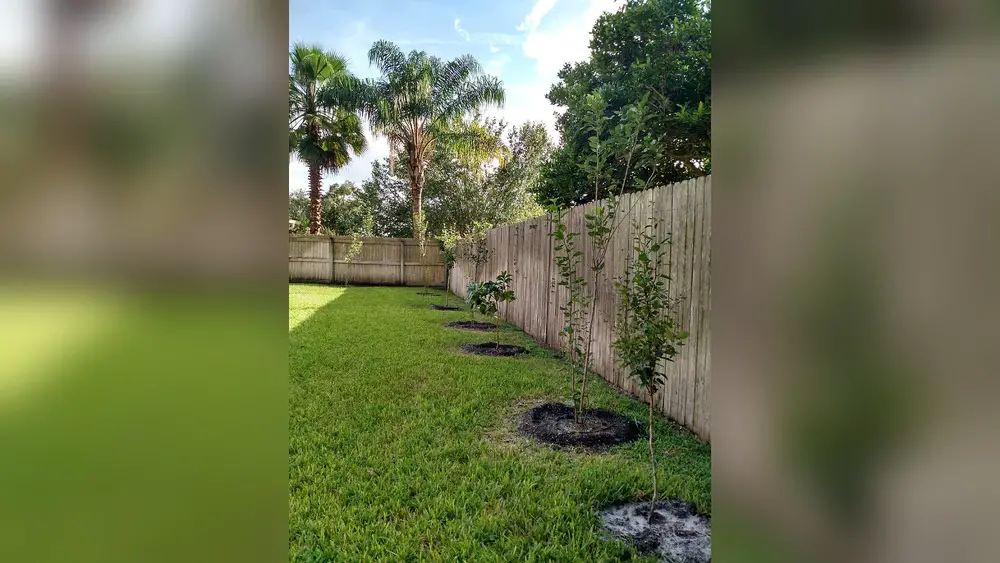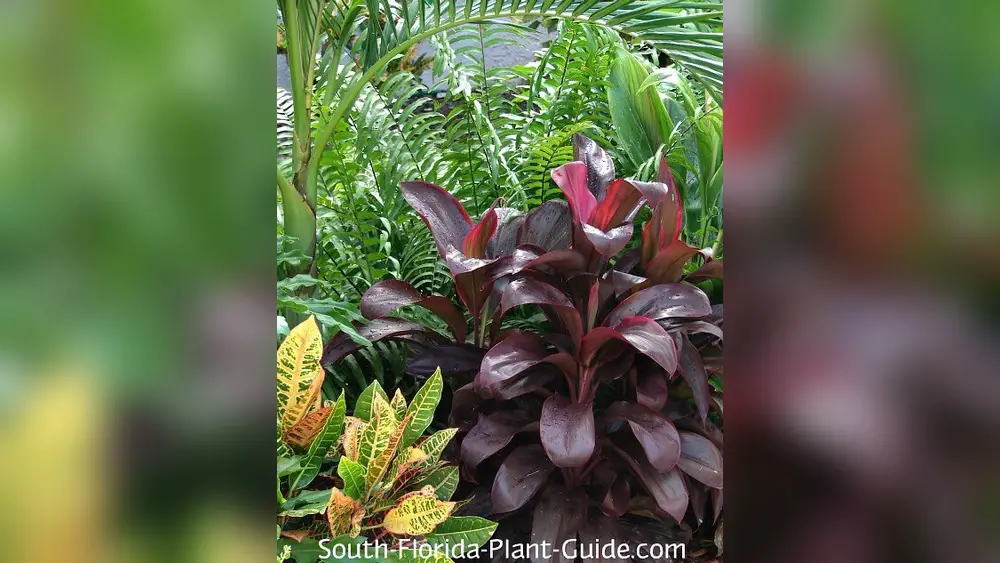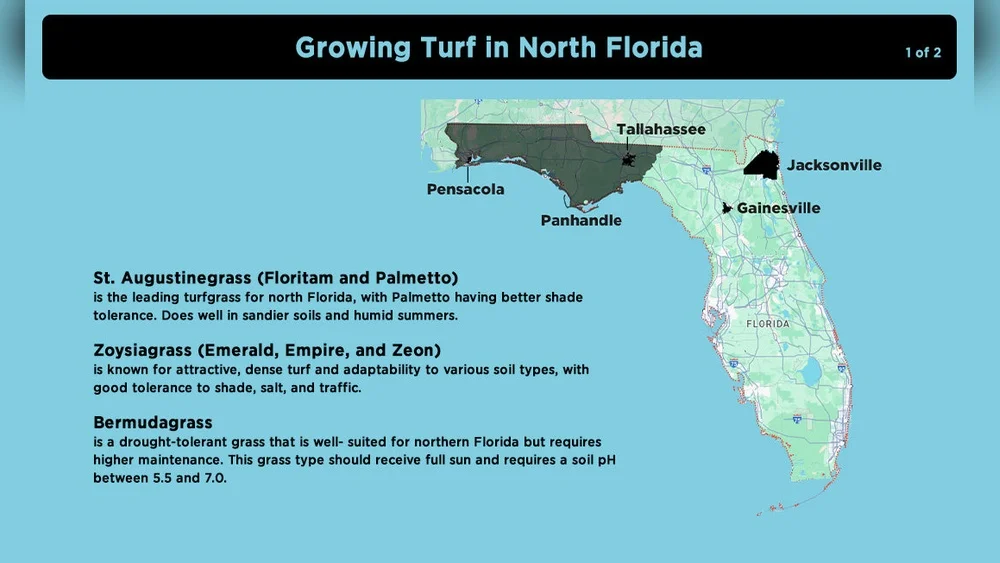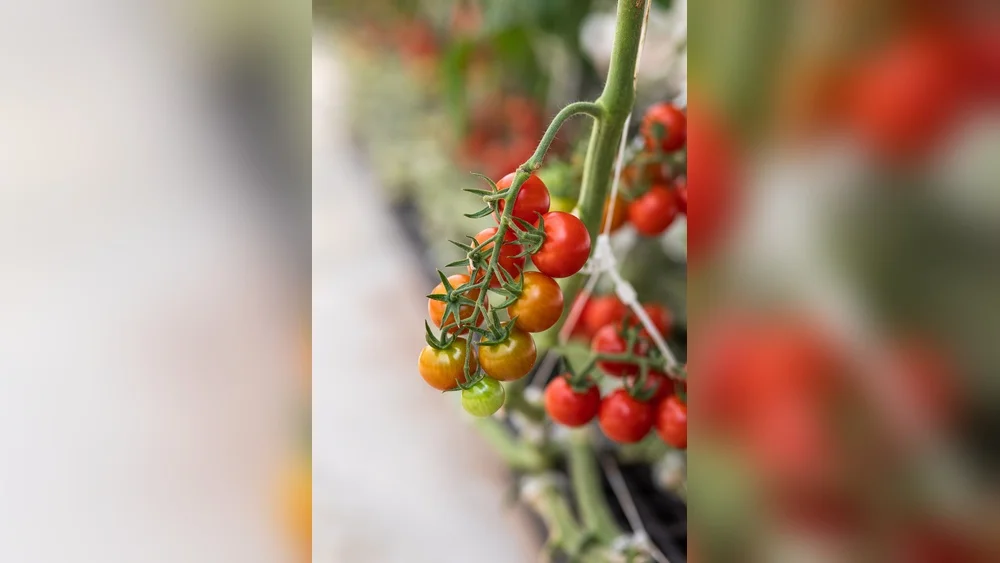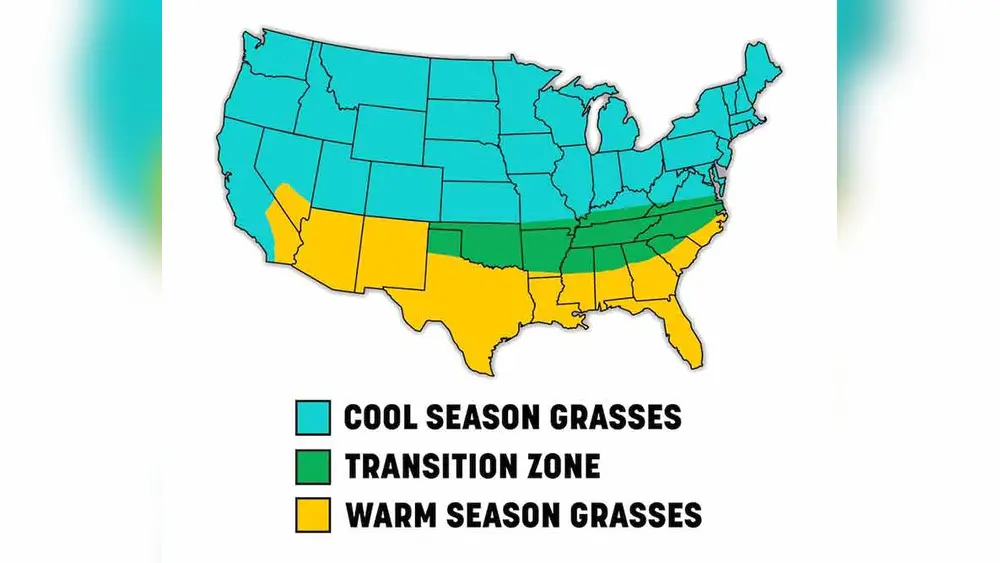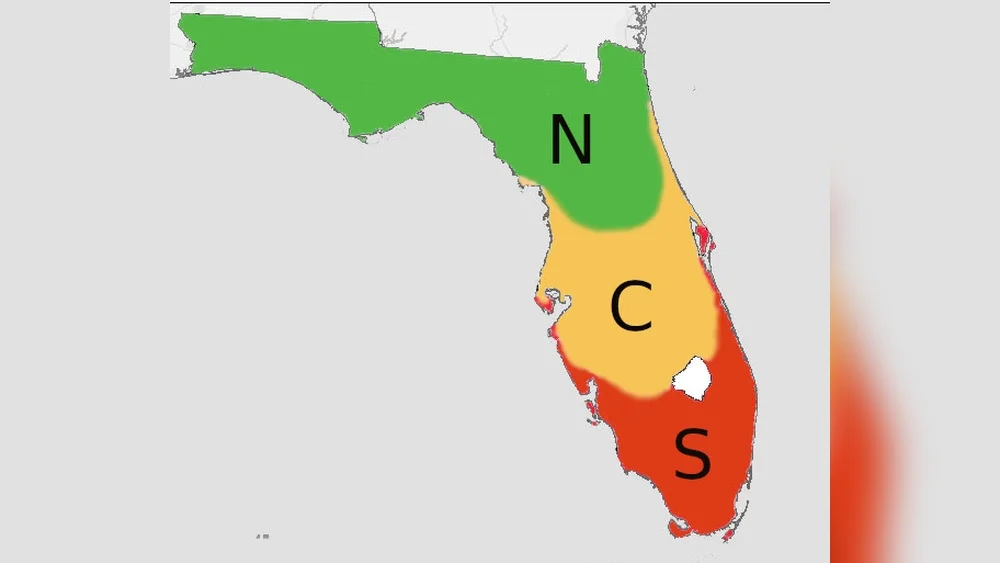Best Plants to Keep Bugs Away in Florida: Effective Natural Solutions
If you live in Florida, you know how relentless bugs can be, especially during warm months. But what if you could enjoy your yard or porch without constantly swatting mosquitoes and other pests? The secret lies in the right plants. By choosing the best plants to keep bugs away in Florida, you can create a … Read more

